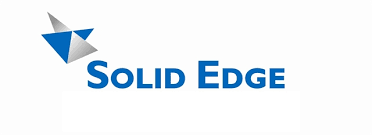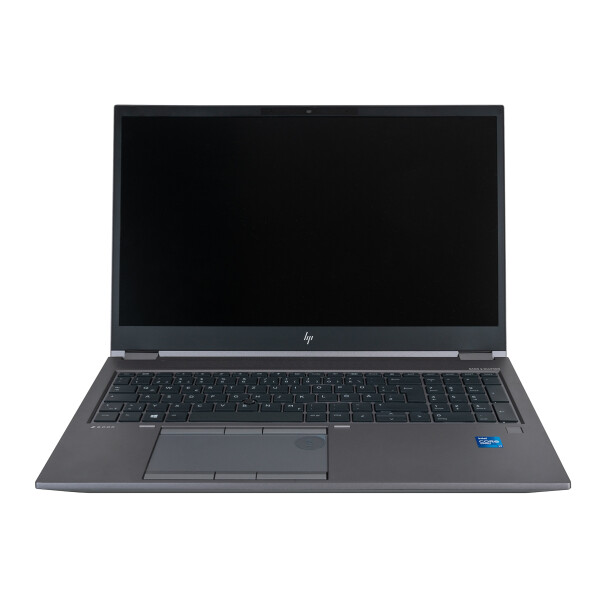How to configure your workstation for Siemens Solid Egde 2023
 Solid Edge is a powerful 2D and 3D CAD program specifically designed for industrial use. Mechanical engineers and product developers in a wide range of industries use Solid Edge from the first drawing to the finished 3D design. Solid Edge was developed directly for Windows and the user interface is reminiscent of the familiar Microsoft Office. Following is our expertise for Solid Edge:
Solid Edge is a powerful 2D and 3D CAD program specifically designed for industrial use. Mechanical engineers and product developers in a wide range of industries use Solid Edge from the first drawing to the finished 3D design. Solid Edge was developed directly for Windows and the user interface is reminiscent of the familiar Microsoft Office. Following is our expertise for Solid Edge:
The right CPU power for Solid Edge 2023
Like most CAD programs, Solid Edge mainly uses one processor core. 2D design and 3D modeling with Solid Edge is mainly based on a single processor core. A CPU with fewer cores but higher clock speed is ideal for simple 2D and 3D design. We therefore recommend a 8- to 10-core Intel Xeon processor with a clock frequency of at least 4.50 GHz and more. You can achieve an optimal performance with a correspondingly high clock rate of the CPU. Pay attention to the MHz clock rate of the turbo boost for Intel Xeon processors. Rendering and simulation often use multiple cores under Solid Edge. If you want to use the workstation for rendering and simulation in addition to design and modeling, the more cores the better. Rendering is an extreme multi-threaded process and will utilize all available CPU cores in your system. If multi-threaded applications like rendering are not used regularly a single 14 to 18 core processor might be a better choice. A high-frequency Intel Xeon 8-core starting at 3.00 GHz will greatly accelerate the computing time around your 3D rendering tasks. Alternatively, you can use an Intel i9 10900X with 10 cores and a maximum of 4.5 in Turbo Boost.
Optimized memory size for Solid Edge 2023
In general, Solid Edge requires no more than 16 GB of RAM for simple assemblies. If you are using larger assemblies, the RAM can be as much as three times the size of your largest assembly, including all subassemblies and parts used. In perspective, we recommend 32 GB RAM (4x8 GB, DDR4) and a workstation that provides you with 8 memory banks on the mainboard to be able to easily upgrade the RAM if necessary. We load our business workstation in quad-channel mode in order to be able to call up the optimum performance for Solidedge. For more complex assemblies we recommend for your workstation the use of up to 64 GB memory with error correction code. Memory errors are automatically detected and corrected, and unpredictable system crashes are avoided. A business workstation often offers ECC support. Corresponding information can be found in the data sheet.
The optimized graphic engine for Solid Edge 2023
For optimal graphics performance, consider a professional graphics card from NVIDIA or AMD designed specifically for CAD applications. Rely on certified driver support right from the start and update the graphics card driver at regular time intervals. An NVIDIA Quadro P2000 with 5 GB VRAM is sufficient for 2D constructions, alternatively an NVIDIA Quadro RTX A2000 with 6 GB DDR6 VRAM. Graphics cards with GDDR 6 VRAM transfer data twice as fast as their predecessors with GDDR5 graphics memory. FWe recommend an NVIDIA Quadro RTX 4000 with 8 GB, a Quadro RTX A2000 with 12 GB, NVIDIA Quadro RTX A4000 with 16 GB VRAM. As a high-end model, we recommend an NVIDIA Quadro RTX A5000 with 24 GB GDDR6 VRAM. AMD offers a good graphics card for simple 3D models with the Radeon Pro W6800 with 8GB and a Radeon W6800 with 32 GB VRAM for complex tasks. We do not recommend cheaper gaming cards due to the short driver release cycles and lack of certifications.
Optimized hard disk configuration for Solid Edge 2023
SSD hard disks facilitate their work around Solid Edge. Programs and project data are accessed much faster. We recommend the following hard drive configuration: S-ATA SSD for operating system and programs - Samsung 970 EVO NVMe M.2 SSD for active project data or a HP Z Turbo Drive. As additional storage space to store larger project data locally, we recommend one or more hard disks, either 4- or 8 TB. Storing the current project data locally can give you a speed advantage of up to 30% compared to project data that has to be permanently fetched from a server.





